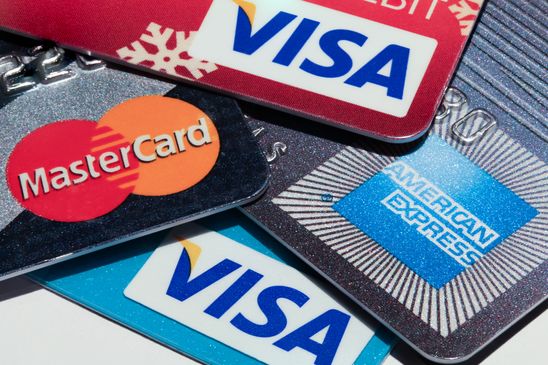
This week, the Federal Deposit Insurance Corp. released its latest quarterly banking profile. That’s a survey of thousands of large and small banks that asks about profits, interest rates, and whether they’re lending more money (or less).
Now, you might think in this era of rising interest rates that less money would be the answer. But the survey found that total loan balances rose from both the previous quarter and over the previous year. In fact, that year-over-year increase in loan balances was the second-largest in more than 30 years.
Businesses and consumers have plenty of reasons to borrow right now.
The FDIC found that loan balances increased across the board — consumer loans, commercial and industrial loans, and even mortgages.
“It’s a little surprising,” said Peter Alden, CEO of Bay State Savings Bank in Massachusetts. “We thought we’d come through year-end and into the first quarter with loan demand, based on the higher interest rates, decreasing.”
But inflation is pushing business clients to borrow so they can pay for more expensive inventory, Alden said. And consumers are using home equity loans to pay off their credit card debt.
“They can move from a credit card rate of, say, over 10% or 11% down to a 6.5% interest rate on an equity loan,” he added.
Businesses can justify paying higher interest rates if the projects they borrow for pay off. A lot of commercial real estate developers have been borrowing more lately, according to David Reiling, CEO of Sunrise Banks in Minnesota.
“They feel they can raise rents and stay competitive, and so the math still works,” he said.
The FDIC says loan-making could slow down if the global economy stumbles. But Dominik Mjartan, CEO of Optus Bank in South Carolina, said the economy in his region is booming.
“Everything from real estate to restaurants, to new businesses — the interest rates have not seemed to damper that appetite for growth and access to credit at all,” he said.
Borrowers are asking about interest rates, Mjartan said, and many are trying to get creative. “Where you may have a three- or a five-year fixed-rate loan, at, let’s say, 6.5% or even 7%, but then you make it five years from now, you make it adjustable,” he said.
The idea is to save some money — if interest rates fall in the long run.


